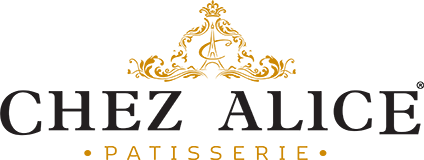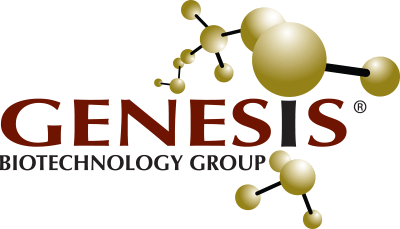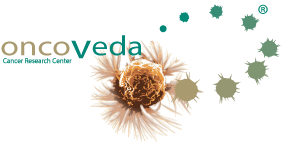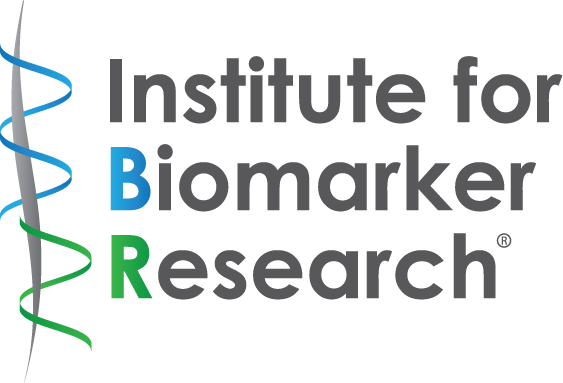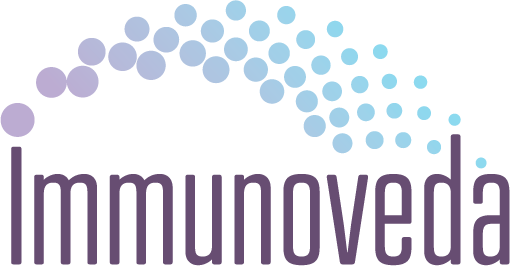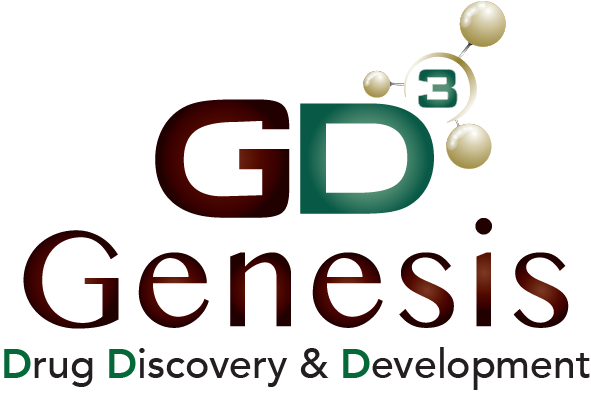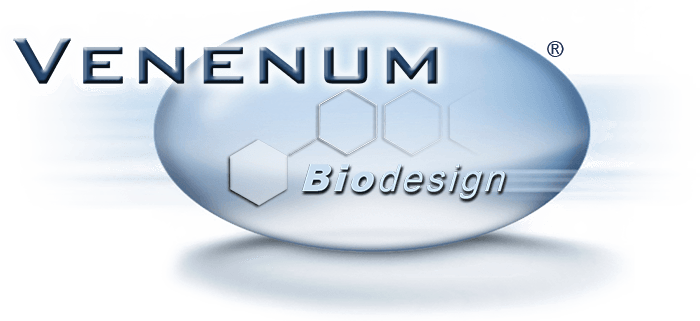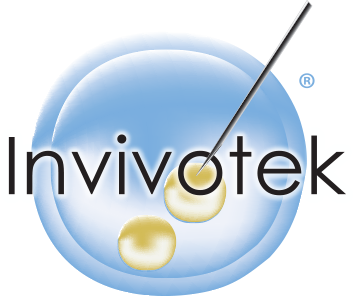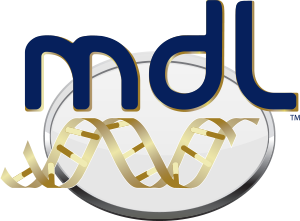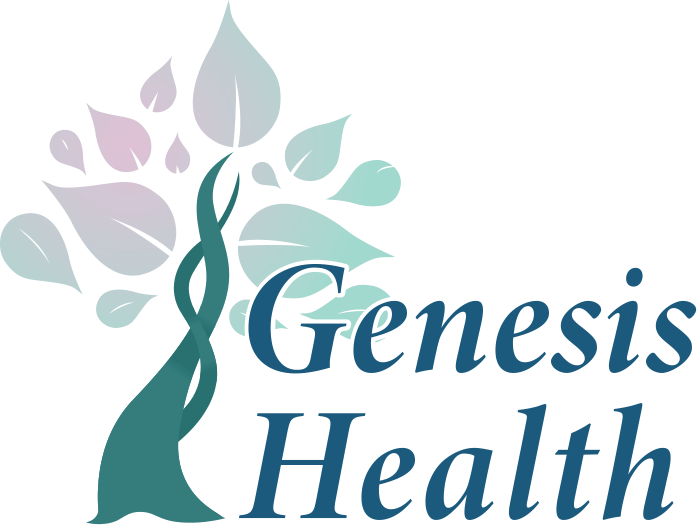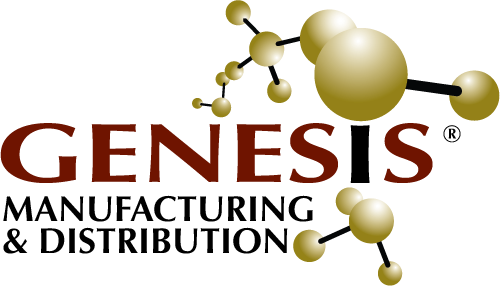SERVICES
Functional Profiling
Differential expression analysis of changing and treated datasets can lead to key clues and conclusions for a number of different experiments and research. Our RNA sequencing capabilities allow us to assess these transcriptome-level differences as well as report back vital information, such as alternative splicing, gene fusions and mutations. Specialized analysis such as xenograft model separation and mutational burden are available upon request.
Capabilities include:
- mRNA Sequencing
- Total RNA Sequencing
- Exome Capture RNA Sequencing
- Targeted Panel RNA Sequencing (Custom or Ordered)
- Small RNA Sequencing
- Gene Expression Profiling
Sample Submissions Guidelines
Total RNA
- Optical Density (260/280): 1.8-2.2
- RNA Integrity Number (RIN): ≥4.0
- Minimum Quantity: 500 ng
- Best Result Quantities: At least 40 µl of >50 ng/µl solution
- Buffer: Nuclease-free water
- Shipped with dry ice

Ingenio NGS Run Analysis Report
Section 1: Workflow Summary
Samples were processed according to the workflow below. PolyA-tail selection was used to separate extracted mRNA for reverse transcription to cDNA. Samples were ligated with Illumina TruSeq RNA CD barcode adapters and assessed for quality via Agilent TapeStation and Thermofisher Qubit prior to sequencing.

Section 2: Sequencing Overview
Following the wetlab workflow, samples were sequenced on an Illumina NextSeq550 instrument and demultiplexed into Fastq files using Local Run Manager bcl2fastq v.1.8.4. Fastq files were assessed for read type, quantity and quality before proceeding with additional downstream analysis.

Section 3: Sample Quality Review
FastQC v0.11.5 was run to assess sample quality and produce reviewable sample run metrics. Presented below are charts summarizing sample Phred quality score over the length of the reads, the general distribution of Phred quality scores per sample and the general distribution of GC content % per sample.



Section 4: Alignment Overview
Using CutAdapt v3.2, sample reads with low quality or length were removed and the remaining reads were trimmed for Illumina read-end issues. Trimmed reads were aligned to the Mus musculus GRCm39 reference genome with STAR v.2.7.8a. Resulting BAM (Binary Alignment Map) files were assessed for alignment metrics.


Section 5: Differential Expression Overview
Following alignment review, read counts on a gene level were assembled using featureCounts v1.6. Sample data was grouped according to the provided specifications and compared for differences in expression with DESeq2 v1.2.4.0. Only genes with p.adj < 0.05 and | log2FoldChange |> 1 were considered significant. Additional enrichment/pathway analyses were also performed to assess larger-scale functional changes.
Ingenio NGS Differential Expression Analysis Report
Section 1: Experimental Design
The samples below were included as a part of this analysis.
Section 2: Sample Similarity
Differences within and between comparisons groups were assessed to judge duplicate/group integrity and strength of comparison.

Section 3: Differential Expression Analysis
Following alignment, treatment grouping reads were counted with featureCounts v1.6 and analyzed for differences in expression with DESeq2 v1.2.4.0. Displayed below are the summarized results of the differential expression analysis.


Section 4: GO Analysis
Differentially expressed genes were organized into Gene Ontology groups and tested for significance as a whole. Displayed below are the significant results of the GO analysis.

Section 5: KEGG Analysis
Differentially expresssed genes were clustered by pathway via the KEGG database and tested for significance per pathway. Displayed below are the significant results of the KEGG analysis.








